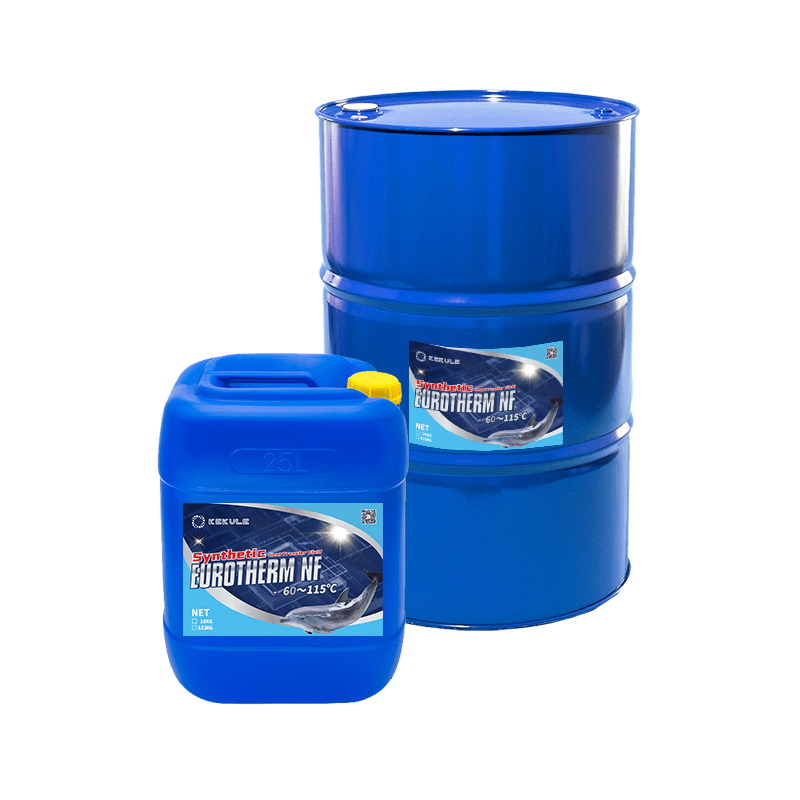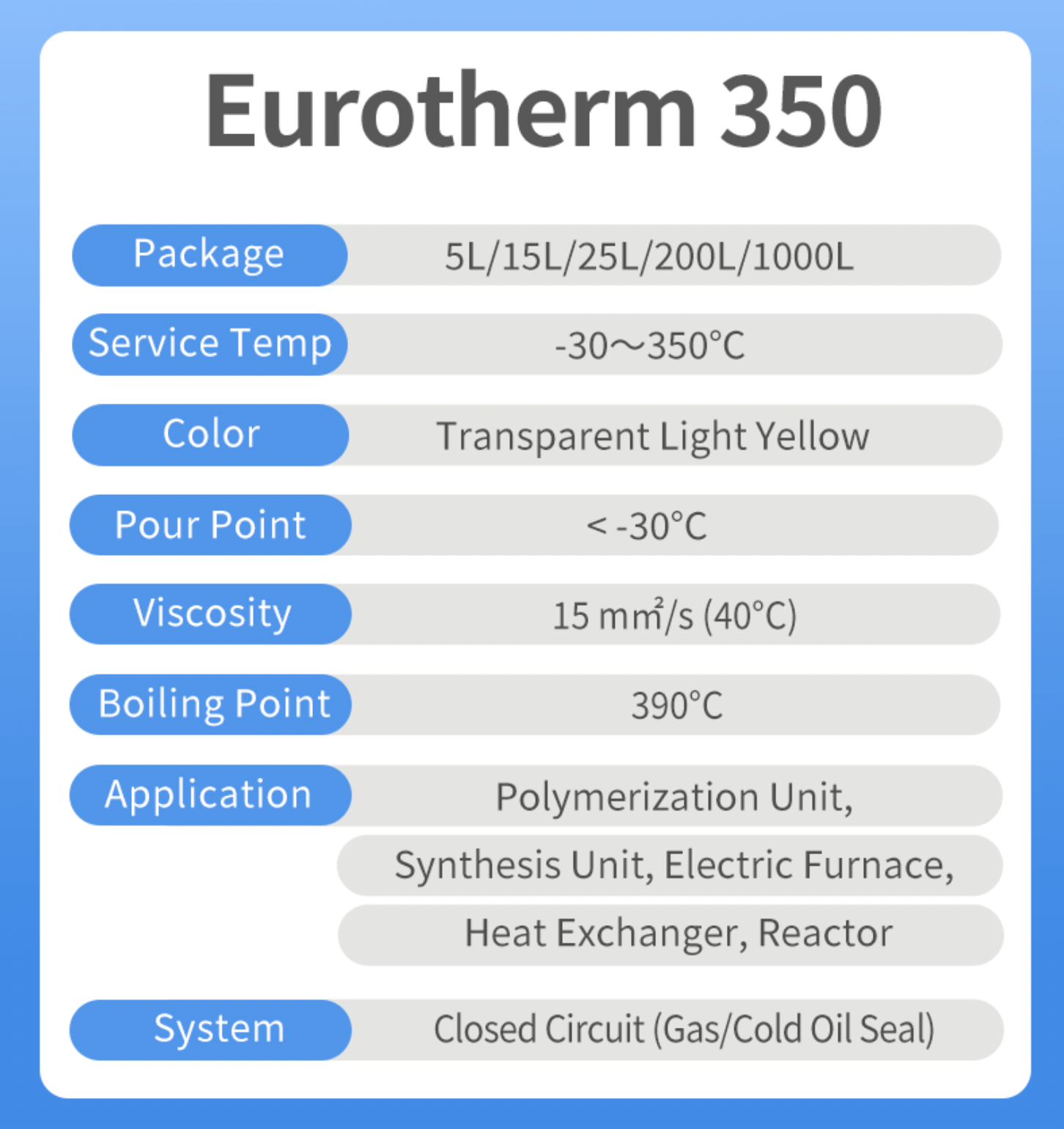Chemie for Beginners
Chemie for Beginners
Blog Article
3 Easy Facts About Chemie Shown
Table of ContentsGetting The Chemie To WorkChemie Things To Know Before You BuyAn Unbiased View of ChemieThe Buzz on ChemieTop Guidelines Of ChemieHow Chemie can Save You Time, Stress, and Money.
By Bojanna Shantheyanda, Sreya Dutta, Kevin Coscia and David SchiemerDynalene, Inc. Liquid cooling, which can be accomplished using indirect or straight means, is used in electronics applications having thermal power densities that might go beyond secure dissipation via air cooling. Indirect liquid cooling is where warmth dissipating electronic components are physically divided from the fluid coolant, whereas in situation of straight cooling, the parts are in straight call with the coolant.In indirect air conditioning applications the electric conductivity can be essential if there are leakages and/or splilling of the liquids onto the electronics. In the indirect air conditioning applications where water based fluids with rust preventions are typically utilized, the electrical conductivity of the fluid coolant mainly depends on the ion focus in the fluid stream.
The increase in the ion focus in a shut loophole fluid stream might take place as a result of ion leaching from steels and nonmetal parts that the coolant liquid touches with. During procedure, the electric conductivity of the fluid might increase to a degree which could be damaging for the cooling system.
The Ultimate Guide To Chemie
(https://gravatar.com/xylophonebriskly39b603cf82)They are bead like polymers that are qualified of exchanging ions with ions in a solution that it is in call with. In the present work, ion leaching tests were performed with various steels and polymers in both ultrapure deionized (DI) water, i.e. water which is dealt with to the greatest degrees of pureness, and reduced electric conductive ethylene glycol/water mix, with the measured adjustment in conductivity reported in time.
The samples were enabled to equilibrate at area temperature level for 2 days before videotaping the preliminary electrical conductivity. In all tests reported in this research fluid electric conductivity was gauged to a precision of 1% using an Oakton CON 510/CON 6 series meter which was calibrated before each measurement.
The Buzz on Chemie
from the wall surface home heating coils to the center of the heater. The PTFE example containers were placed in the heater when constant state temperatures were reached. The examination arrangement was removed from the heater every 168 hours (seven days), cooled down to area temperature level with the electric conductivity of the fluid gauged.
The electric conductivity of the fluid example was monitored for a total of 5000 hours (208 days). Figure 2. Schematic of the indirect closed loophole cooling experiment set up - therminol & dowtherm alternative. Table 1. Parts utilized in the indirect shut loophole cooling down experiment that are in contact with the liquid coolant. A schematic of the experimental configuration is received Figure 2.

The Ultimate Guide To Chemie
The change in liquid electrical conductivity was checked for 136 hours. The liquid from the system was gathered and kept.

0.1 g of Dowex resin was included in 100g of fluid samples that was taken in a different container. The mixture was mixed and alter in the electric conductivity at area temperature was measured every hour. The determined adjustment in the electrical conductivity of the UP-H2O and EG-LC test fluids consisting of polymer or steel when immersed for 5,000 hours at 80C is revealed Number 3.
Not known Factual Statements About Chemie
Ion leaching experiment: Calculated adjustment in electrical conductivity of water and EG-LC coolants consisting of either polymer or metal samples when immersed for 5,000 hours at 80C. The outcomes suggest that steels added less ions right into the fluids than plastics in both UP-H2O and EG-LC based coolants.
Fluids including polypropylene and HDPE displayed the most affordable electrical conductivity modifications. This could be as a result of the short, inflexible, straight chains which are less likely to add ions than longer branched chains with weak intermolecular forces. Silicone additionally did well in both test liquids, as polysiloxanes are generally chemically inert as a result of the high bond energy of the silicon-oxygen bond which would prevent degradation of the material right into the fluid.
Chemie for Dummies
It would certainly be expected that PVC would produce comparable outcomes to see this website those of PTFE and HDPE based on the comparable chemical frameworks of the products, however there might be other impurities existing in the PVC, such as plasticizers, that might affect the electrical conductivity of the fluid - silicone synthetic oil. Additionally, chloride groups in PVC can likewise seep right into the test fluid and can trigger a boost in electric conductivity
Buna-N rubber and polyurethane showed signs of destruction and thermal decomposition which suggests that their possible utility as a gasket or adhesive material at higher temperatures could lead to application issues. Polyurethane totally broke down right into the examination liquid by the end of 5000 hour examination. Number 4. Prior to and after photos of metal and polymer samples submersed for 5,000 hours at 80C in the ion seeping experiment.
Calculated modification in the electric conductivity of UP-H2O coolant as a function of time with and without resin cartridge in the closed indirect cooling loophole experiment. The measured modification in electric conductivity of the UP-H2O for 136 hours with and without ion exchange material in the loop is received Number 5.
Report this page